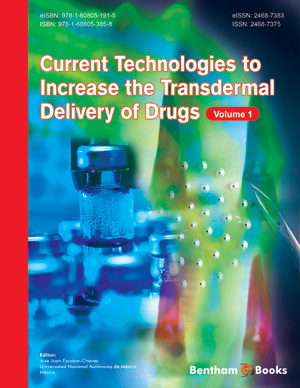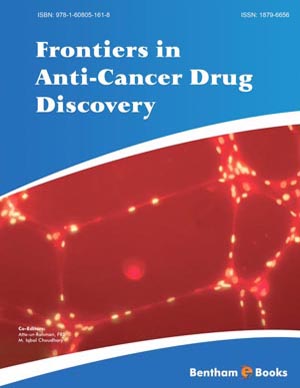Abstract
Vascular endothelial growth factor (VEGF) plays a critical role in the pathogenesis of the vaso-proliferative phase of retinopathy of prematurity (ROP), being up-regulated by the adrenergic system and down-regulated by beta-blockers. Betablockers are anti-angiogenic agents and as such they decelerate the growth of skin hemangiomas and decrease the risks associated with life-threatening hemangiomas. Numerous previous studies investigated the effect of catechol amines on the angiogenesis of various cells in culture or on relevant animal models of angiogenesis. As of April 2015, two prospective randomized trials recently evaluated oral propranolol treatment for established ROP. Mahout et al. studied 20 premature infants with ROP (10-oral propranolol, 10–placebo) and showed a 50% reduction of need for invasive interventions. Filippo et al. treated 52 infants with ROP using oral propranolol and achieved 48% and 58% risk reduction of progression to stage 3 and stage 3 plus ROP, respectively, and a 52% reduction in the need for laser or bevacizumab therapy. To avoid systemic adverse effects of oral propranolol, rabbits and mice with oxygeninduced retinopathy (OIR) recently received propranolol eye drops, producing retinal concentrations similar to those measured after oral administration but with significantly lower plasma concentrations. Propranolol eye drops promoted OIR recovery in mice. Although the systemic (oral) or topical (eye drops) routes for beta-blocker therapy for ROP appear promising, questions have emerged regarding effectiveness, safety, tolerability and timing of treatment. Additionally, should beta-blockers prove safe and effective for ROP in premature infants, then the optimal therapeutic approach should be determined: Rescue Therapy for established ROP versus pre-emptive prophylactic treatment in premature infants at high risk for developing ROP, mainly those born prior to 28 weeks' gestation. In this chapter we review the literature as to the discovery of the key role of catechol amines on angiogenesis and their effects via VEGF as well as the approaches taken to implement anti-angiogenic therapy for ROP in animals and humans.
Keywords: Angiogenesis, Beta adrenergic receptors, Bevacizumab, Cancer, Catechol amines, Cell culture, Epinephrine, Neo-vascularization, Oxygen induced retinopathy, Propranolol, Retinopathy of prematurity, Vascular endothelial growth factor.






















